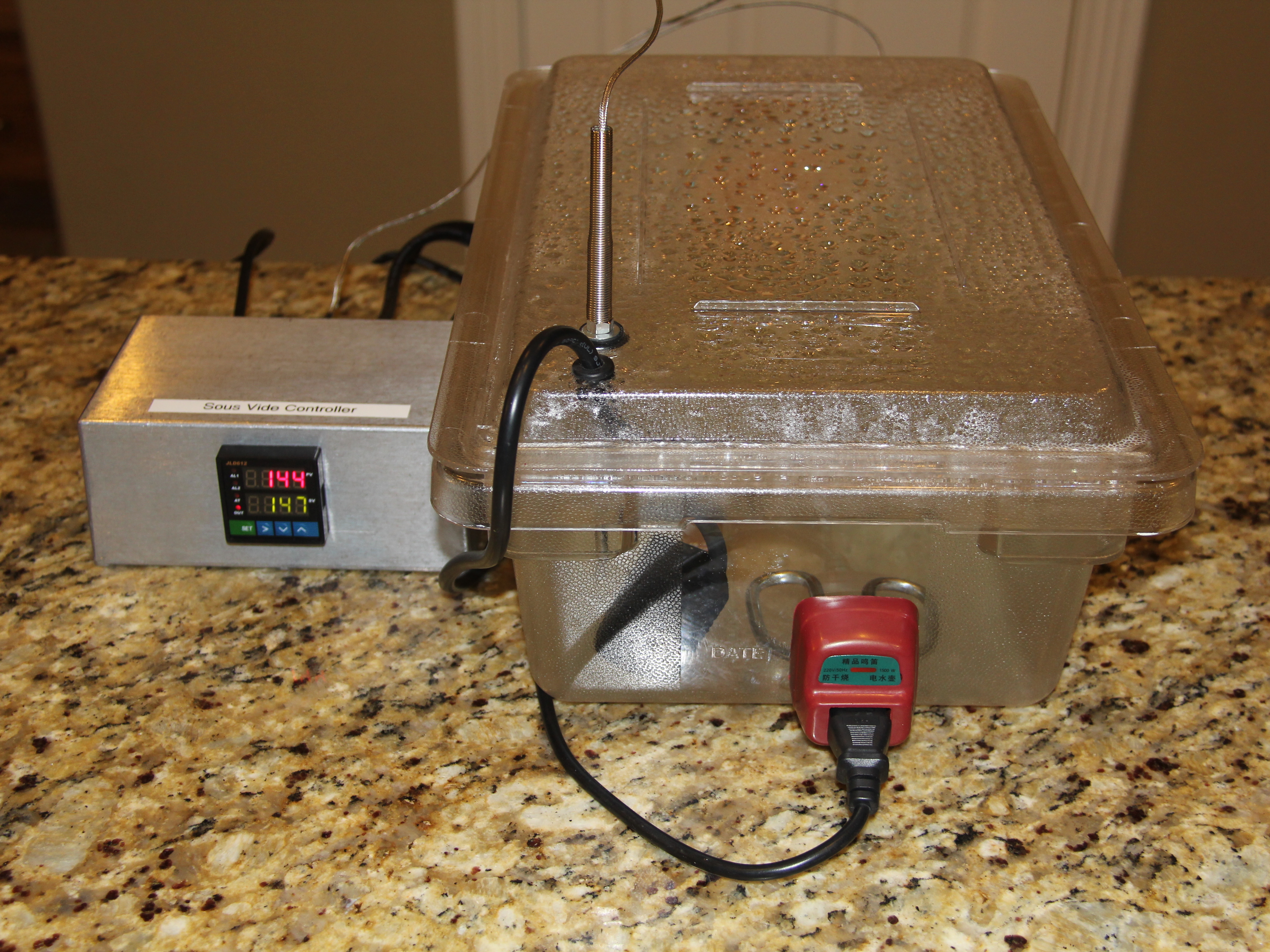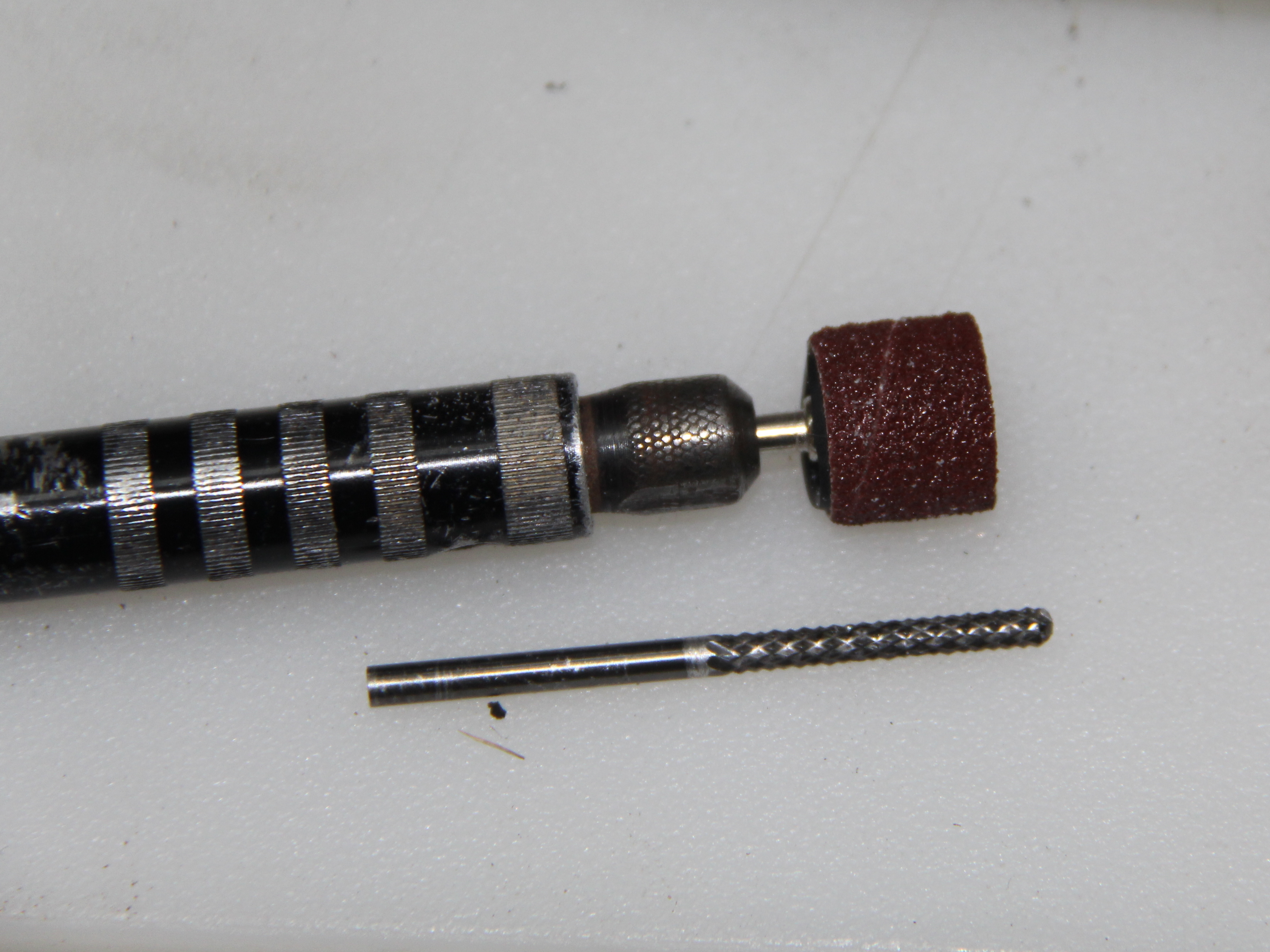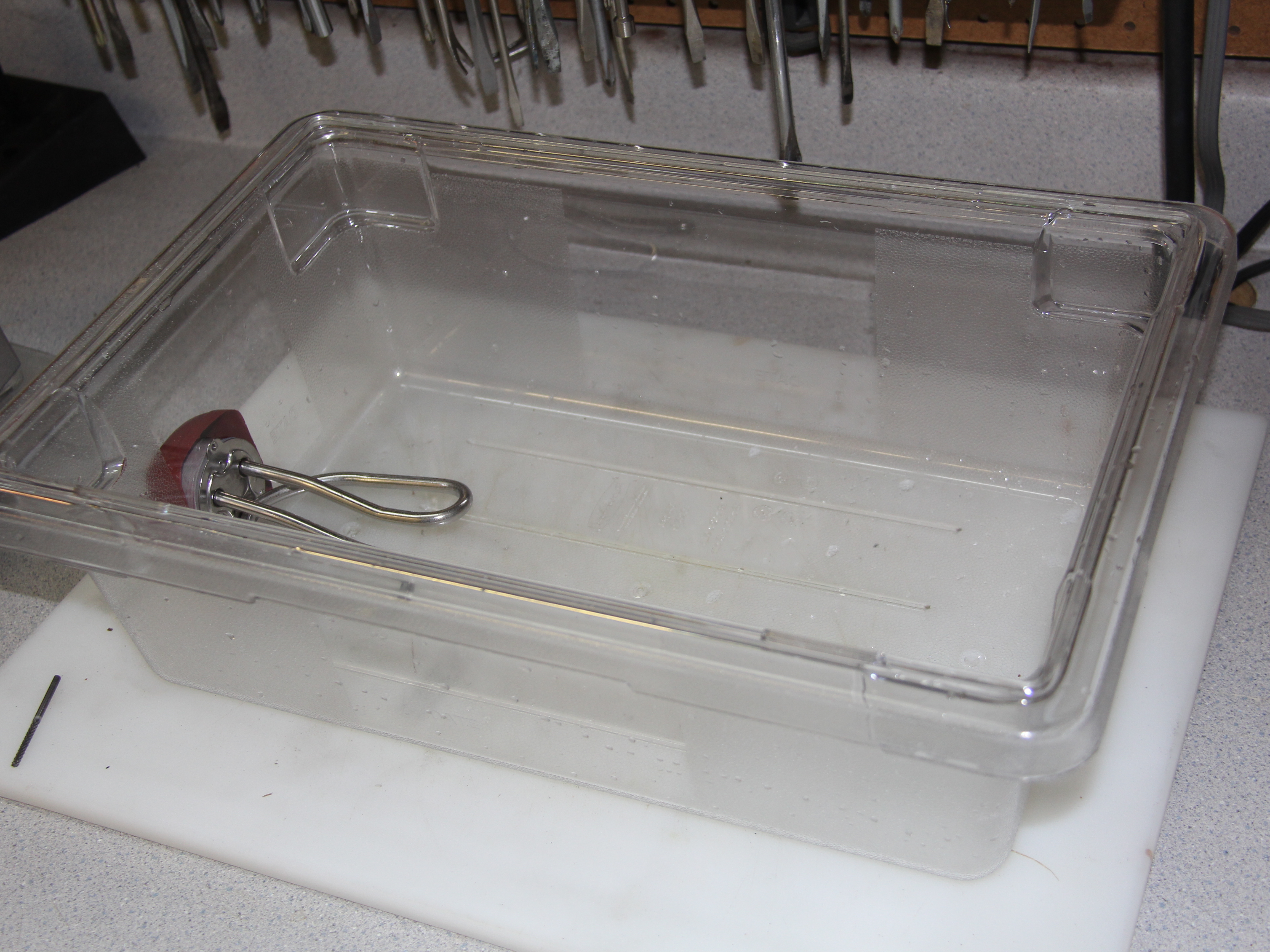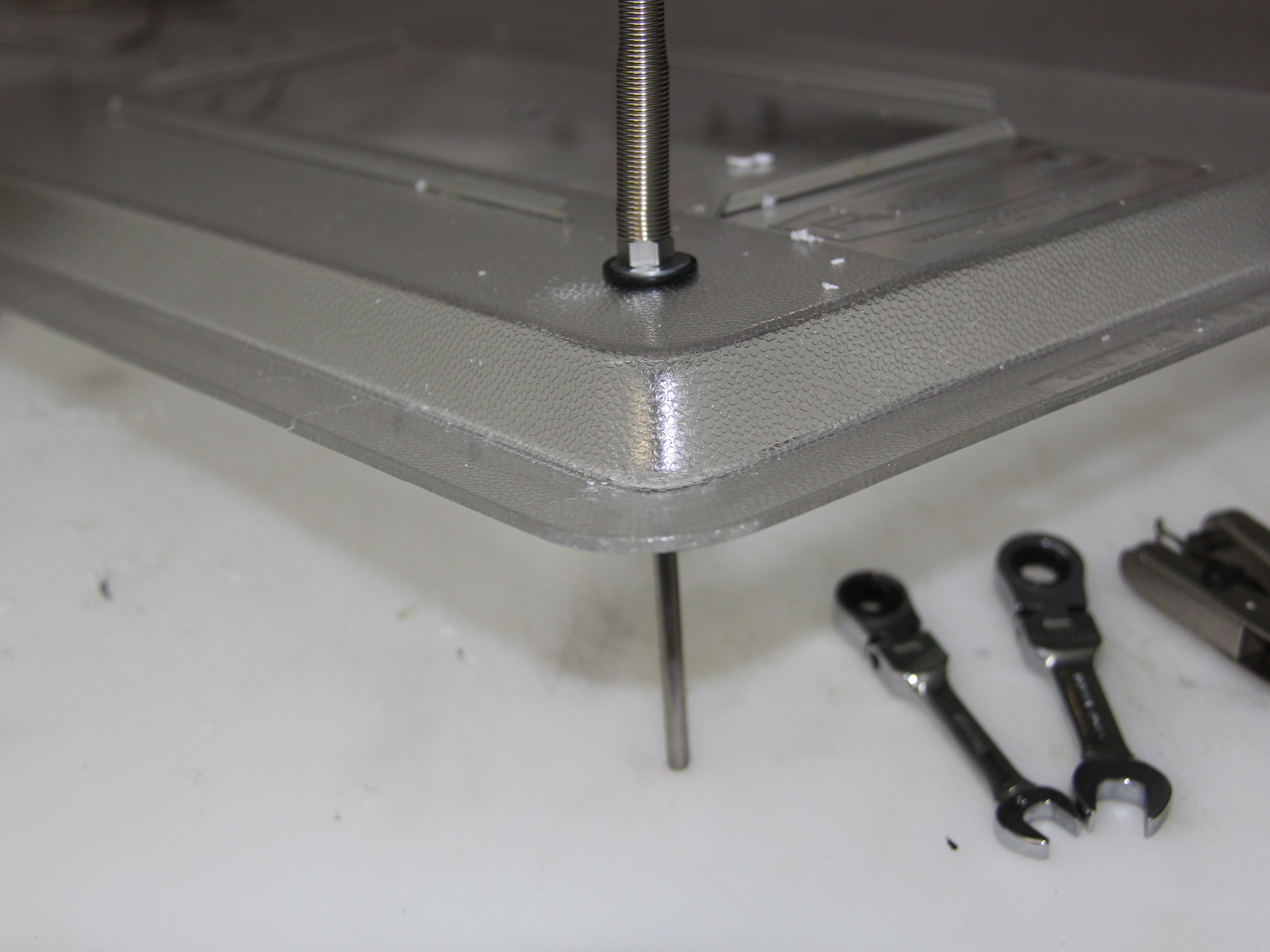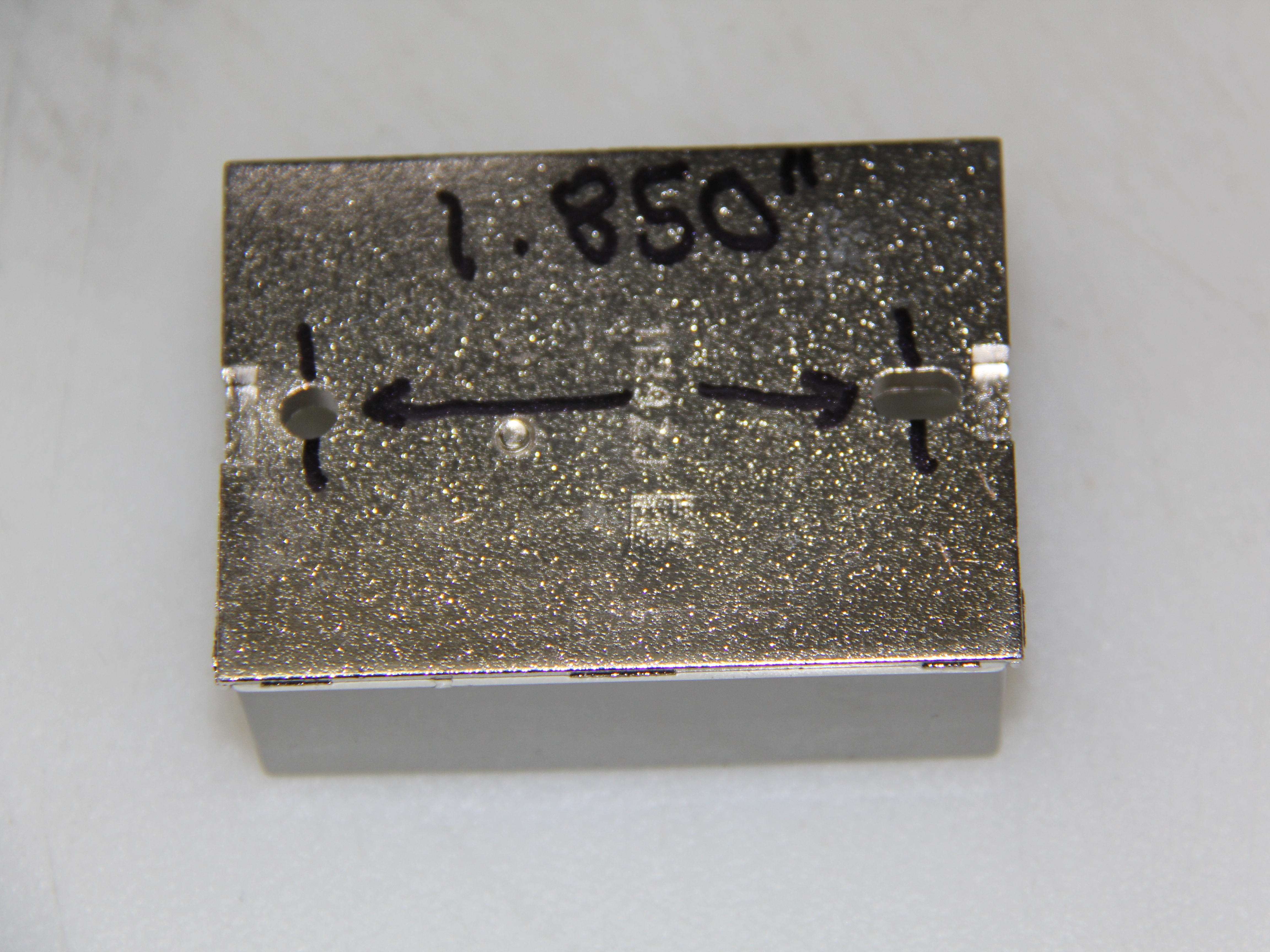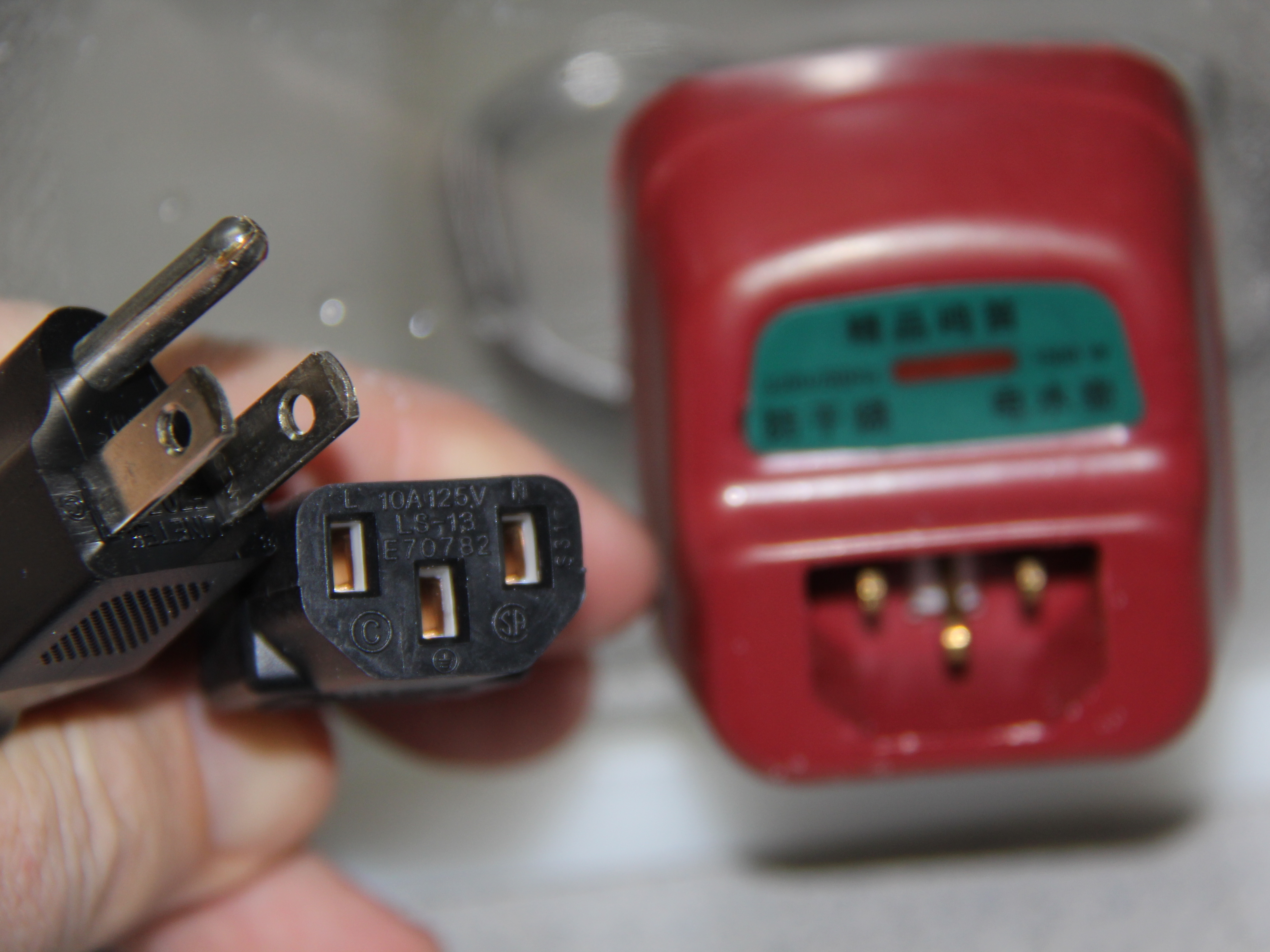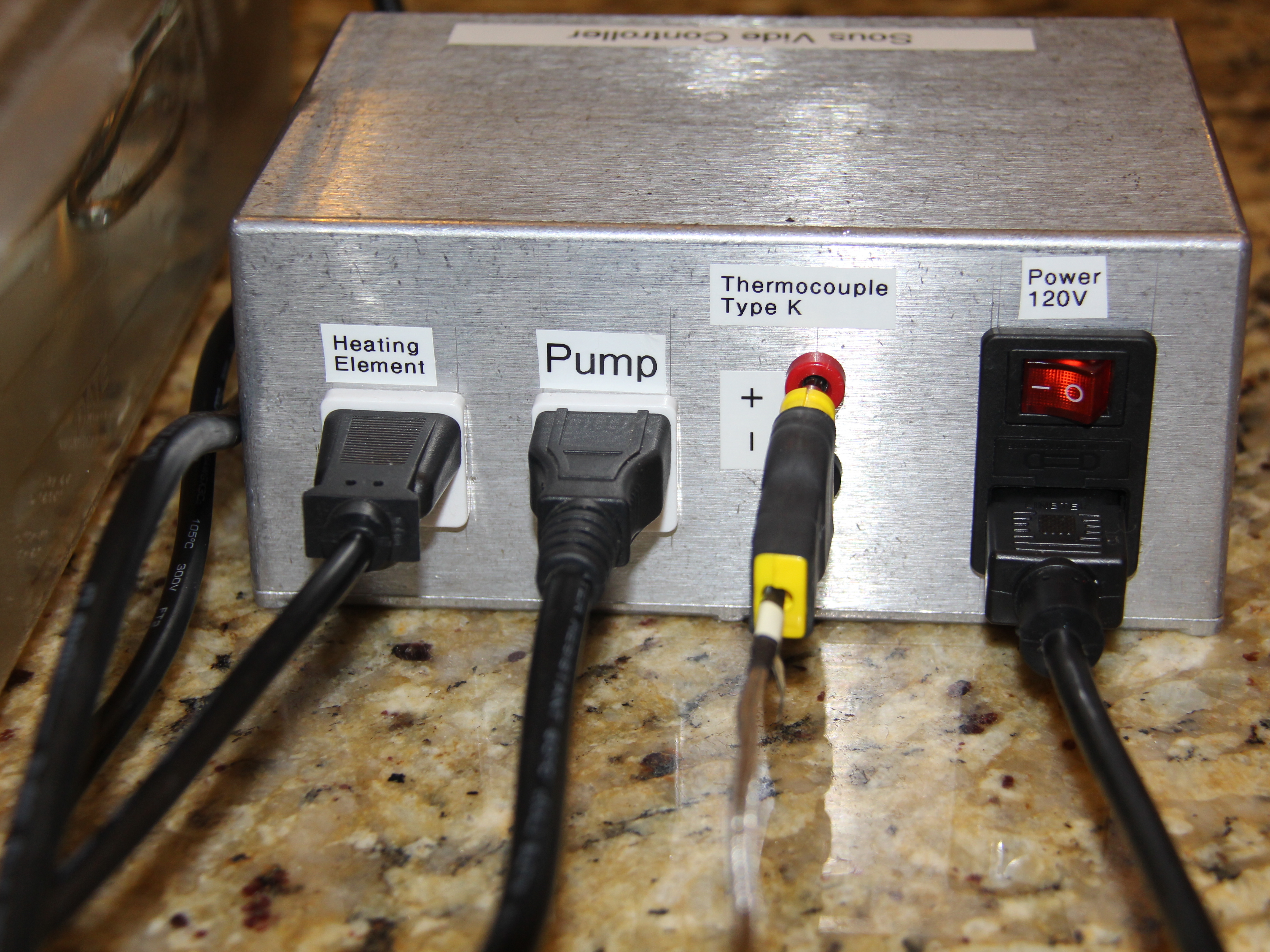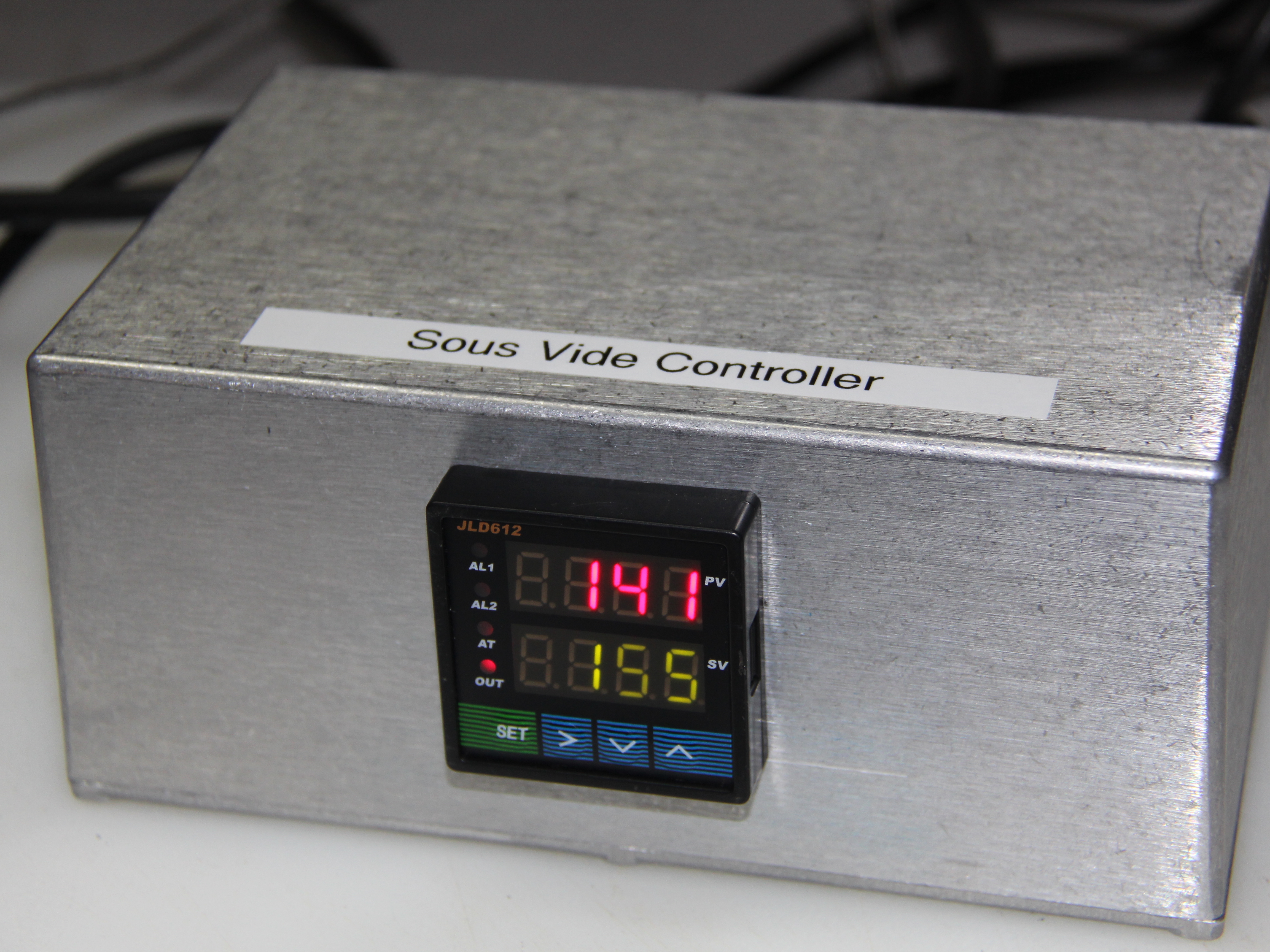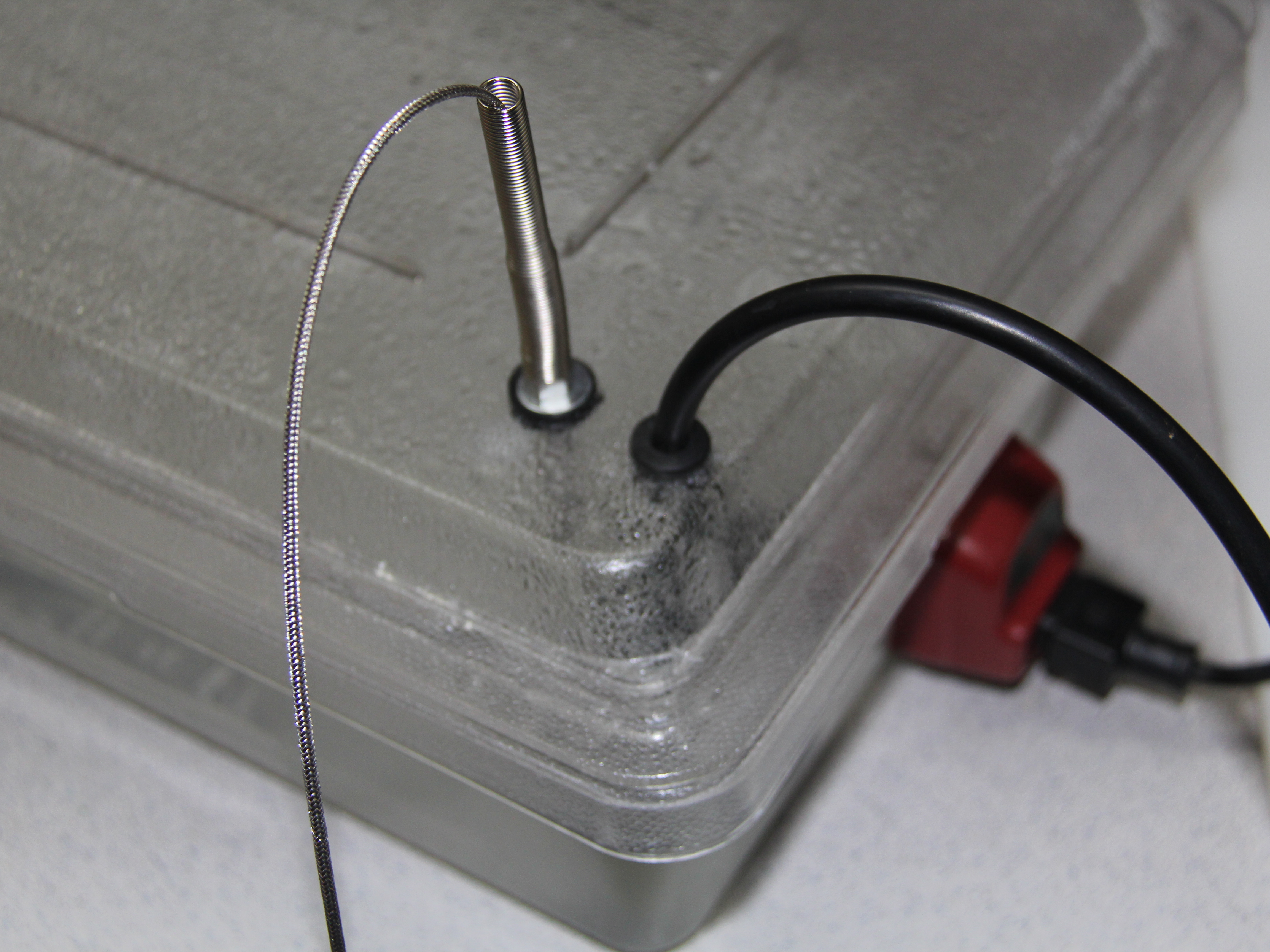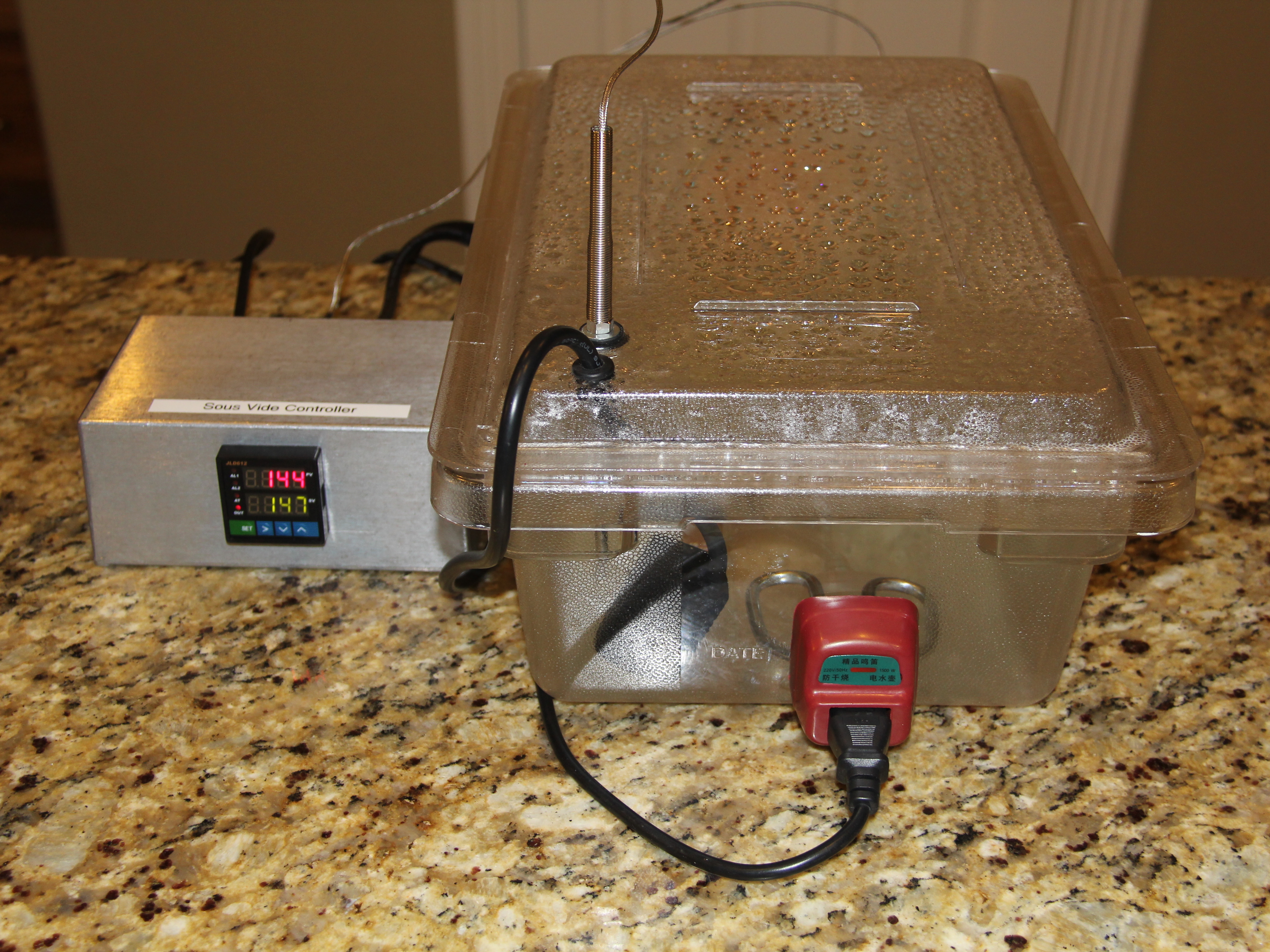The sous vide (pronounced “soo-veed”) technique involves cooking food in vacuum-sealed pouches submerged in a water bath held at a precisely-controlled temperature.
This guide will go through the steps necessary to build your own sous vide cooker. What is unique about this design is that the controller was built with more than just sous vide in mind. The controller is a general-purpose PID type controller but the external interfaces were partitioned so that other items can be controlled. The output of the PID controller runs through a high-power solid-state relay to a standard 120V outlet. A second 120V outlet is available for “continuous on” type of interfaces.
In the sous vide cooker the solid-state relay output switches a heating element on and off. The thermocouple input to the controller is through some banana jacks on the rear of the controller box.
Other features that make this controller unique are that an integrated power cord, fuse and lighted power switch are used, and all of this is mounted in an aluminum enclosure to give the project a professional look and feel.


